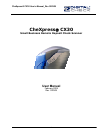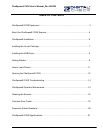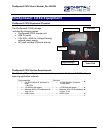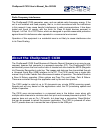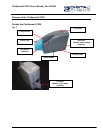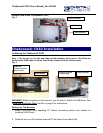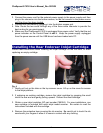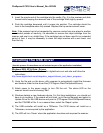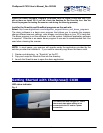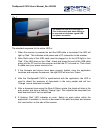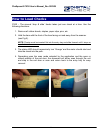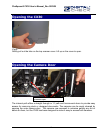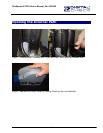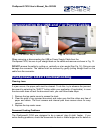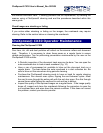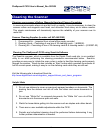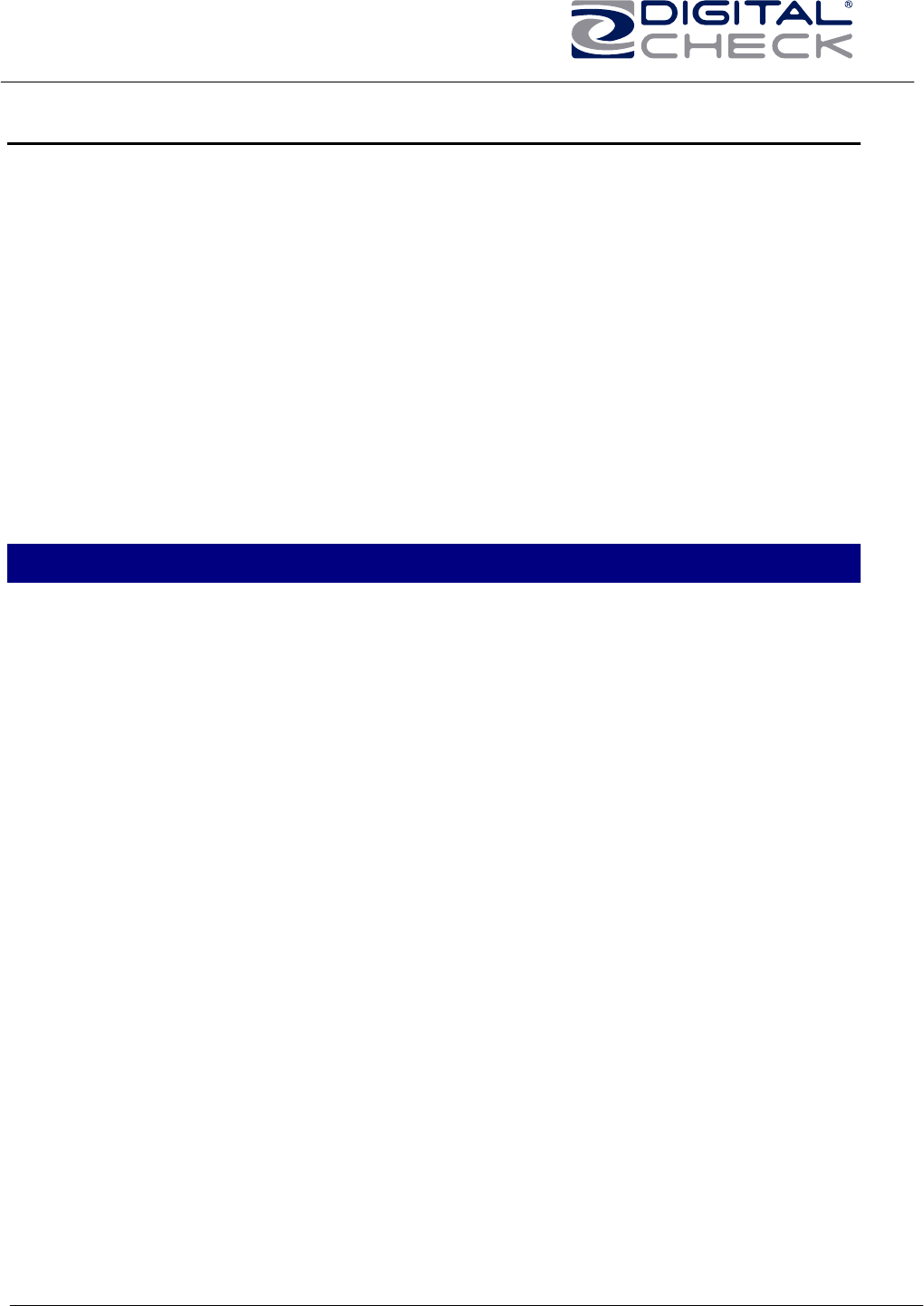
CheXpress® CX30 User’s Manual_Rev 020309
Radio Frequency Interference
The CheXpress® CX30 generates, uses, and can radiate radio frequency energy. If the
unit is not installed and used properly, that is, in strict accordance with the instructions
in this manual it may cause harmful interference to radio communications. It has been
tested and found to comply with the limits for Class B digital devices pursuant to
Subpart J of Part 15 of FCC Rules, which are designed to provide reasonable protection
against harmful interference when operated in a commercial environment.
Operation of this equipment in a residential area is not likely to cause interference due
to its Class B rating.
About the CheXpress® CX30
The CheXpress® CX30 Small Business & Remote Deposit Scanners is an easy-to-use,
compact, scanner that connects to a personal computer (PC). The CheXpress® CX30
automatically scans the front and/or back of checks and also reads the MICR (Magnetic
Ink Character Recognition) code line. The images and data are then transmitted through
a Universal Serial Bus (USB) interface to the PC. The CX30 model has a single item
manual ‘drop & slide’ feeder that offers several modes of operation. The default mode is
a Scan & Return operation. Other options are Pass Thru and Scan, Park & Return.
These are controlled through the application and by the exit door position.
The CX30 model is rated at up to 30 documents per minute (DPM) scanning speed.
Speeds and will vary based on the applications used, the PC processing speeds and
mode of operation.
The CX30 uses mini-connectors in a recessed area in the bottom cover along with
multiple cable channels to minimize desk foot print and increase placement options. The
scanner does not use an On / Off switch, but does have a momentary ‘Reset Button’
that can be pressed to reload the scanner application. The CX30 is powered off when
the PC powers down as it senses the loss of power to the USB port.
4



